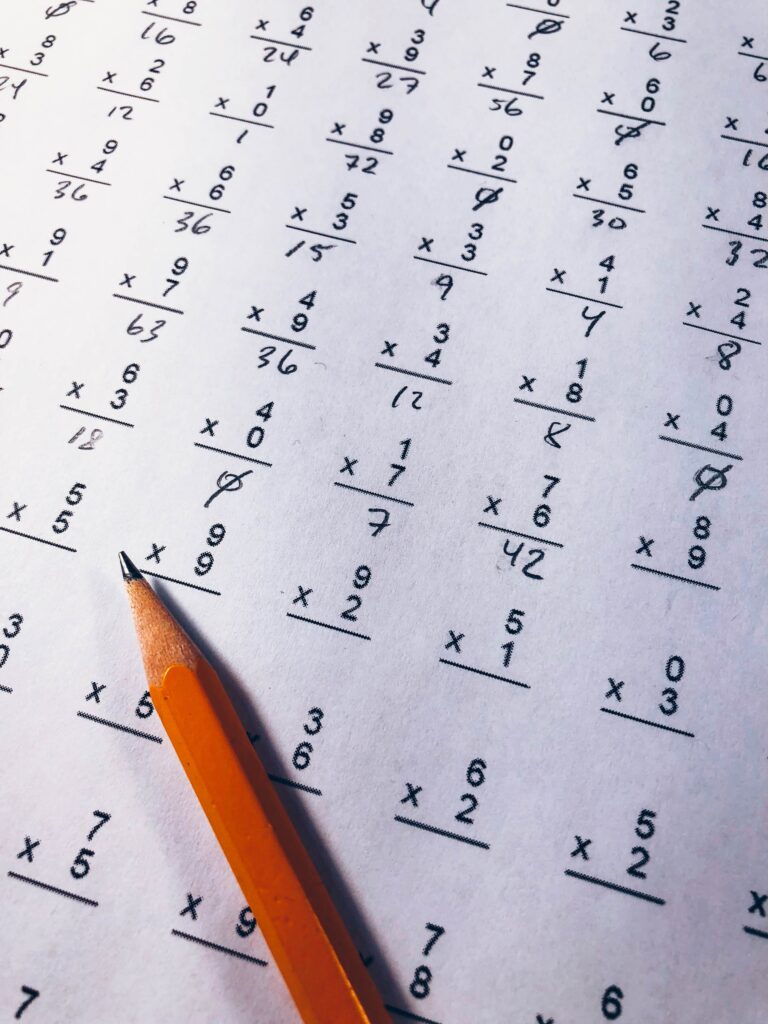Tracking your sleep patterns can be a simple and effective way to understand how well you’re resting and what might be affecting your sleep quality. Here’s how you can start tracking your sleep in an easy-to-follow way.
First, it helps to know that sleep happens in cycles made up of different stages. These include light sleep, deep sleep, and REM (dream) sleep. Each stage plays a role in helping your body recover and refresh for the next day.
One straightforward method is keeping a **sleep diary**. Every morning, write down what time you went to bed, when you woke up, how many times you woke during the night, and how rested you feel. Also note things like caffeine intake or stress levels from the day before since these can impact your rest.
If writing things down isn’t for you, there are plenty of **sleep tracker apps** available on smartphones that make this easier. You simply place your phone near where you sleep or wear a device like a ring or wristband while sleeping. These trackers use sensors to monitor movements and sounds such as snoring or talking during the night.
Many apps also offer features like relaxing sounds or breathing exercises to help ease falling asleep faster. They break down your night into those important stages—light, deep, and REM—and show graphs so you can see patterns over days or weeks.
By regularly checking this data over time, you’ll notice trends such as whether certain habits improve or worsen your rest. For example: Are late-night snacks making it harder to get deep sleep? Does exercising earlier in the day help?
Tracking doesn’t have to be complicated; even small steps like noting bedtime routines combined with using technology can give valuable insights into improving overall well-being through better rest at night.





